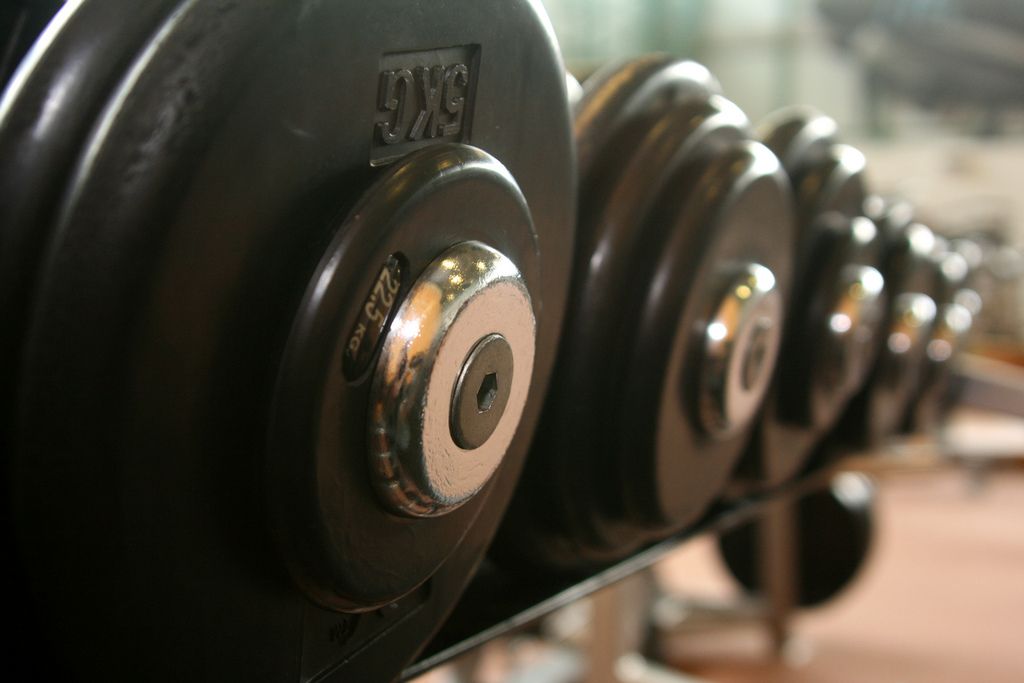
Whammy! You’ve decided to start recording your efforts at the gym with a workout log. The next step now is to make the most of this powerful tool. If this is your first time using a workout journal, and you are panicking a little bit because you don’t know how much to write in it, or when to use it, or if you should show it to anybody, take a breath and relax.
Think of this article and the 5 pointers as your own custom user manual for your workout journal:
1. Establish Goals
Goal setting provides the opportunity to sit down and imagine the absolute best of yourself. It allows you the opportunity to test the limits of what you perceive yourself to be capable. Moreover, setting and planning goals gives you the advantage of having a specific plan of action for when you walk into your local fitness centre.
Think of your workout log as a battle plan, or directions, or your grocery list. With it in hand, you go into the gym, bang out what you need to do, and bounce. No wasted time wandering around the gym, debating which muscle group and machine you want to use.
Set goals pre-workout, as well for the week so that you have a precise idea of what you want to accomplish.
2. Record Your Results As Soon as You Can
As amazing as we like to think our memory is, we tend to bungle things up when there are a lot of details to remember (outside of the usual stuff… like remembering where we placed our keys, and whether or not we are wearing pants), so nip any lapses of memory in the bud by recording your results during and immediately after your workout.
Your best bet to insure mega-accurate results? Fill it out in-between sets while your muscles have a chance to recover, and your lungs catch themselves.
When doing so, do not forget to write out:
The Exercise. Did you do flat bench with barbells or dumbbells? Incline or decline? Wide grip, shoulder-width grip? Sumo deadlifts or Romanian deadlifts? Regular Olympic barbell or trap bar?
Set Number. How many sets did you do for each exercise? Warm up sets?
Weight. Self-explanatory.
Repeats. Be honest with yourself here. I catch myself occasionally sacrificing form so that I can scribble out the desired number of repeats in my log book. Additionally, if you are using a spotter, make a note of it with a little star or a simple “sp.”
Keep note of your workout when it’s the most fresh in your mind, and you will have accurate results for next week where you will know precisely how much to progress with each set/weight/repeat.
3. Chow, Chow!
You’ve surely heard the adage that diet is the source of “90% of the results you get” when jumping into a new fitness regimen. Or is it 80%? Either way, how you are fueling your body is important to optimizing your performance in the gym (and the rest of your life, too).
The idea of keeping a “food diary” might seem juvenile, or unnecessary, but you will never truly be realistic about how you are feeding yourself until you write it all out on paper. Let’s face it, we can be wildly subjective when it comes to our lifestyle habits. By writing it down you silence that dastardly voice that whispers to you – “But it’s just one scoop of spicy mayo” while providing a measured, objective view of what you are ingesting.
4. Don’t Forget the Other 23 Hours of the Day
How you perform in the gym is influenced heavily by the way you treat yourself the other 23 hours of the day. Things like rest, hydration, and other seemingly extra-curricular factors can play a major role in how awesome your workout goes.
Sleep. Did you get a solid 8-hours of sleep? Or did you roll the dice by crushing a Red Bull an hour before bed, giving you a fitful night in the sheets?
Hydration. Were you adequately hydrated all day?
Stress. A biggie. Rough day with the spouse? Work causing you endless headaches?
Injuries. Any nagging soreness or injuries hampering your efforts?
Mood. Good day, bad day?
Having all of this information will come in handy when looking for patterns for why you feel great some days and not-so-much on others. Finding these trends will enable you to focus on limiting the crappy stuff (Red Bull before bed) so that you can have a few more of those feel-great days each week.
5. It’s as Individualized as Your Are
Lastly, this tool is just that – something for you to optimize your performance at the gym and see better results. The best way for you to use yours is something you will learn. There will be days when you fill a page-and-a-half of notes, while some days you will barely be able to write out the date. Find the balance that suits you, and gives you the best bang for your buck.
After all, employing the use of a workout log is a time-tested and proven method of accelerating your progress in the weight room. And the best part is that it’s not something that requires a “loading” phase, it’s not a new weight lifting technique you need to learn, and literally everybody can use it to boost gains almost immediately.
See you at the gym–
